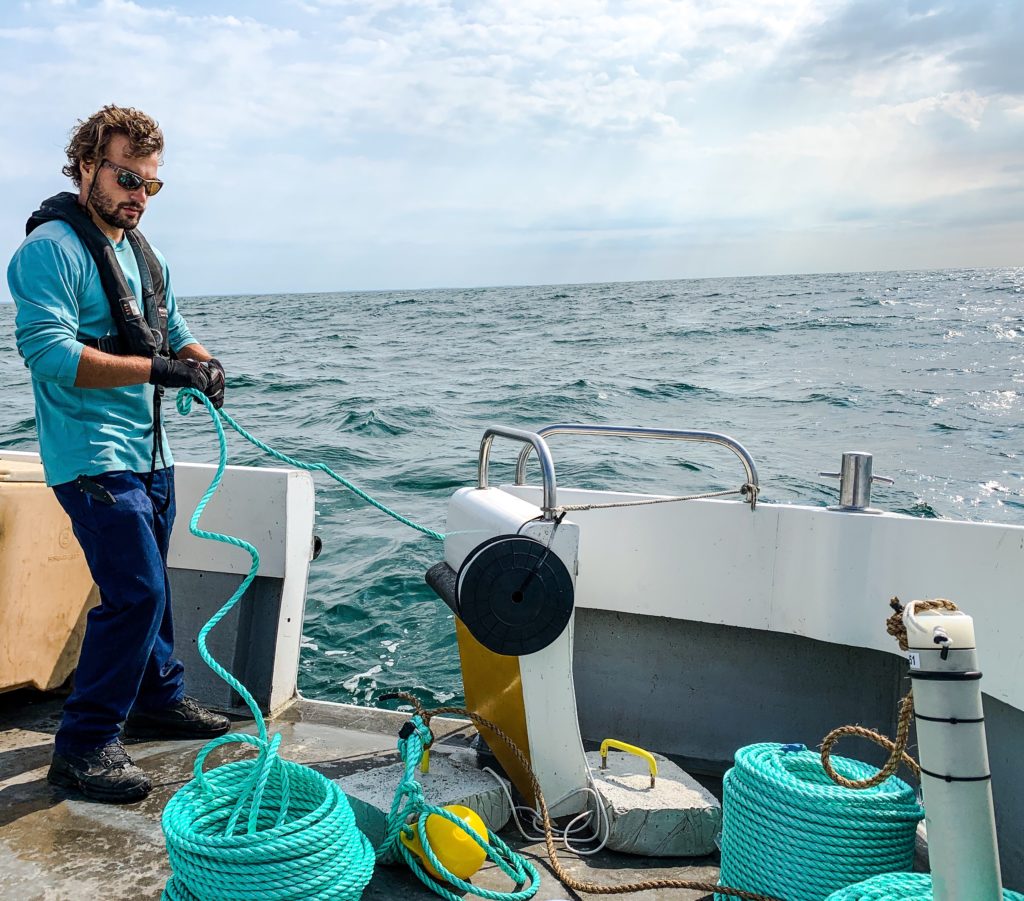AquaBiota is performing porpoise inventories with C & F-pods. These are acoustic detectors which listen for porpoise clicks from their echolocation and saves these detections for analysis. F-pods have been further developed from C-pods which have been the most commonly used detector in recent years. The use of these detectors is now the standard method for environmental impact assessments (EIAs ) in areas where porpoises occur. Monitoring the number of porpoises in certain areas is a necessity in many permit cases concerning, for example, offshore wind farms where AquaBiota has experience from several such investigations.
AquaBiota has previously been involved in the SAMBAH-project, which deployed over 300 porpoise detectors in the Baltic Sea to monitor porpoises for two years. This led to a significantly better estimate of the population size of the endangered Baltic porpoise, as well as areas of high significance for this population. The results from this project have been an important basis for area protection and maritime planning in the Baltic Sea.
Together with the porpoise inventory with acoustic detectors, eDNA-samples can also be taken, which provides an opportunity to link porpoise occurrence to their prey and thus increase the understanding of the results.

Photo: Viktor Birgersson